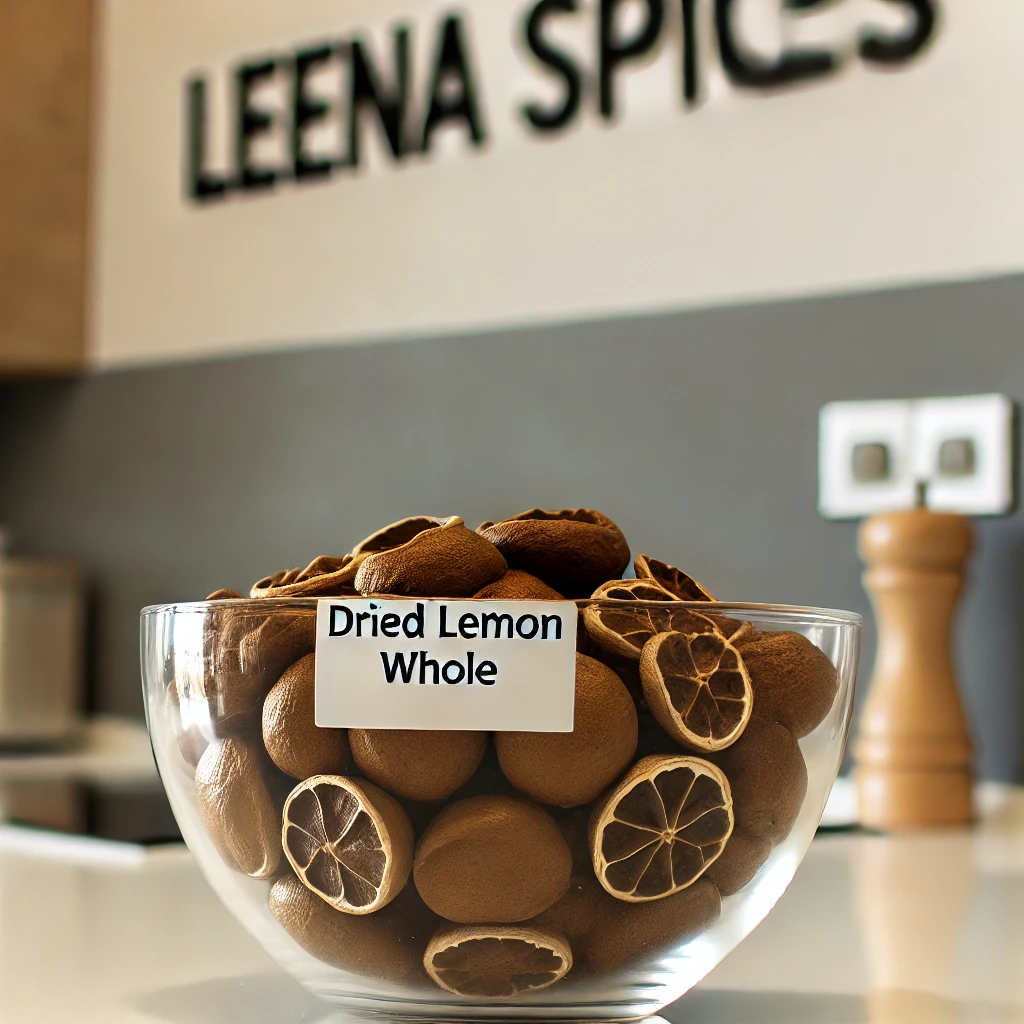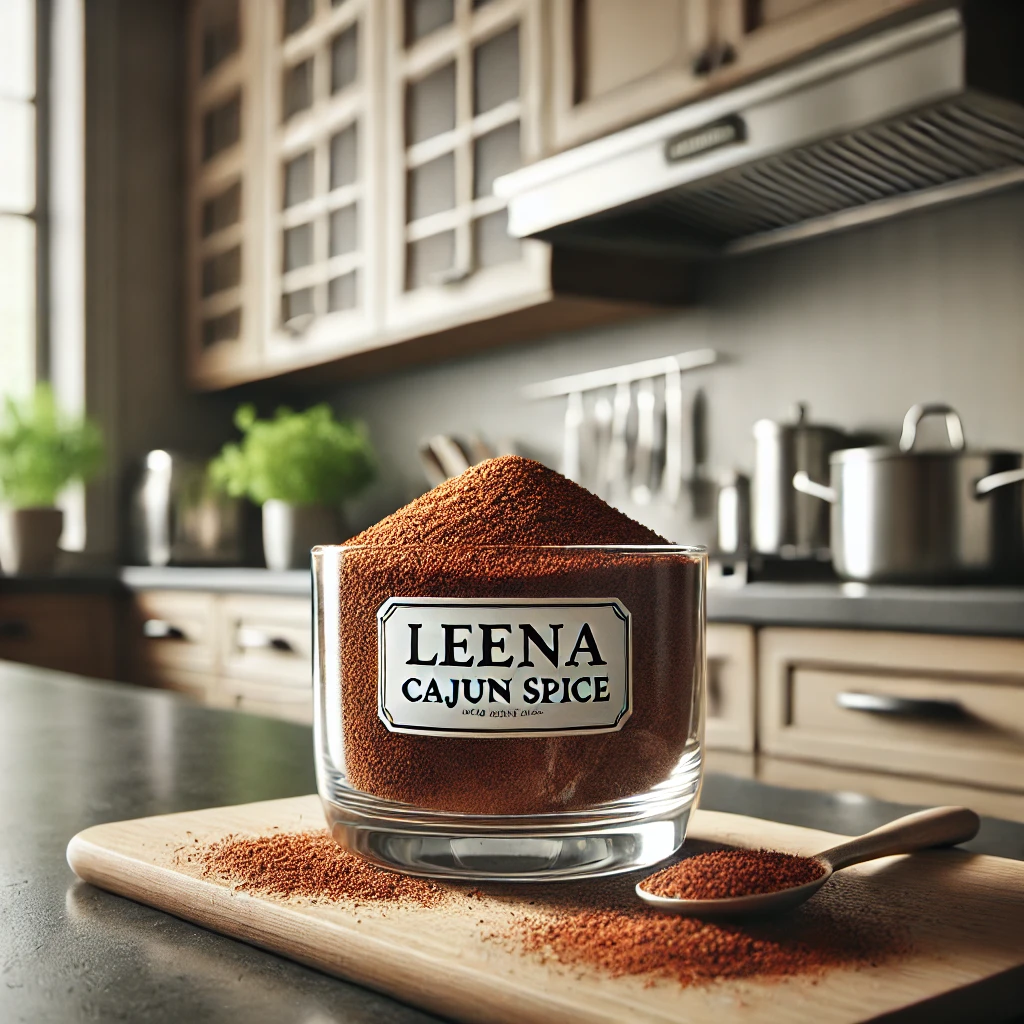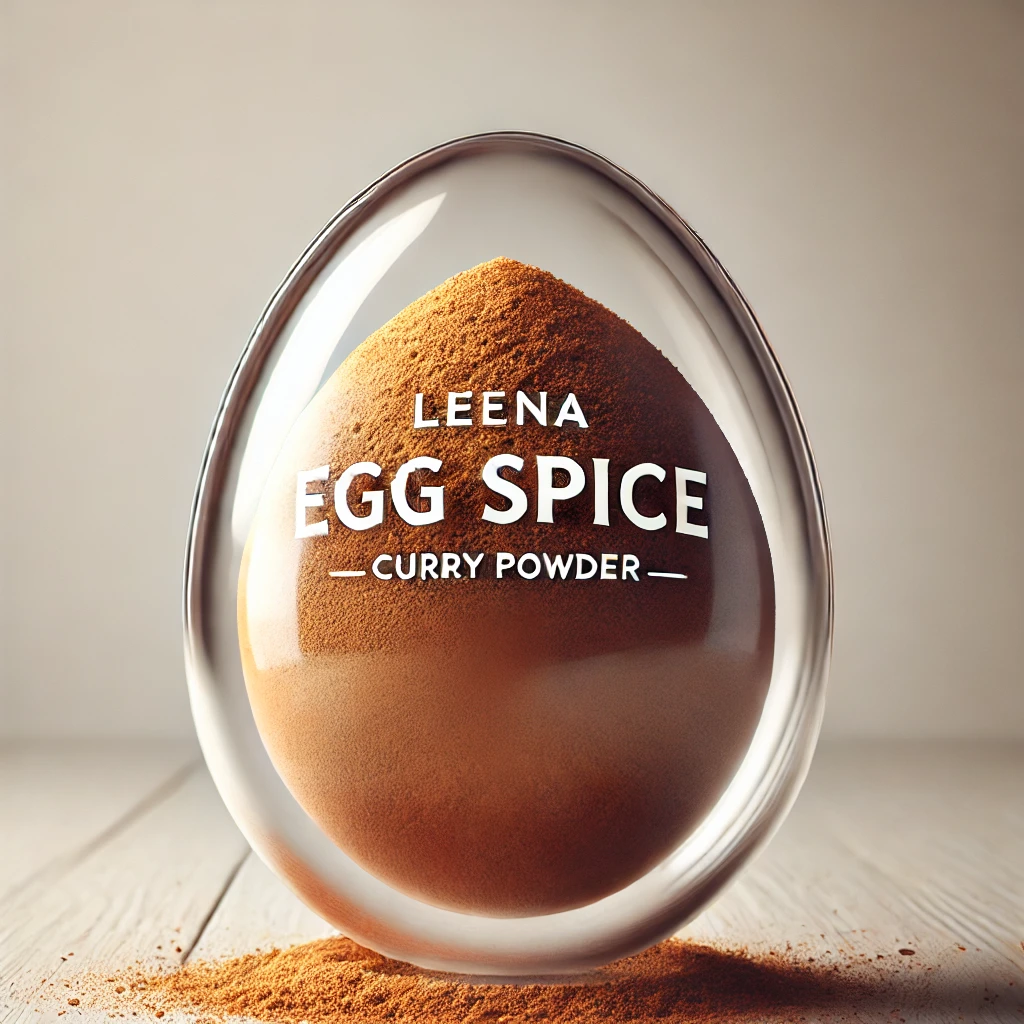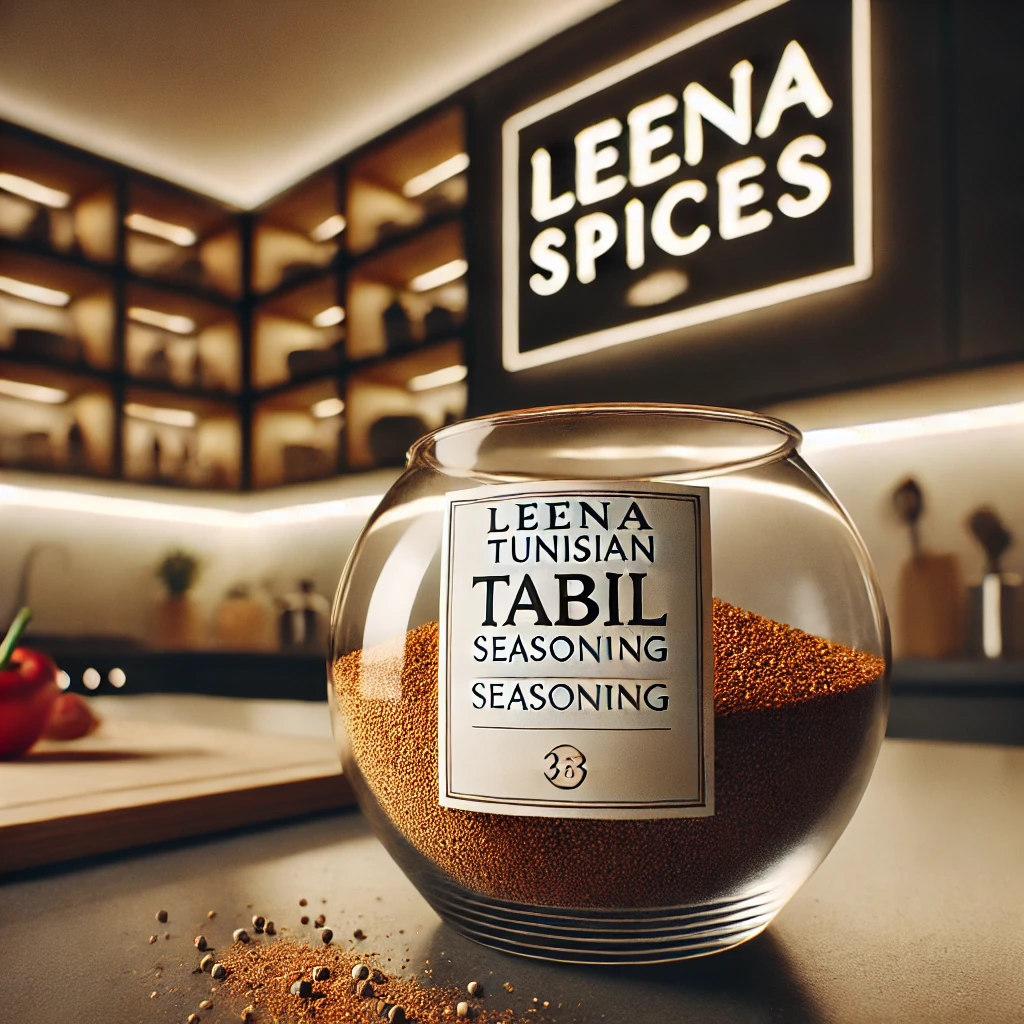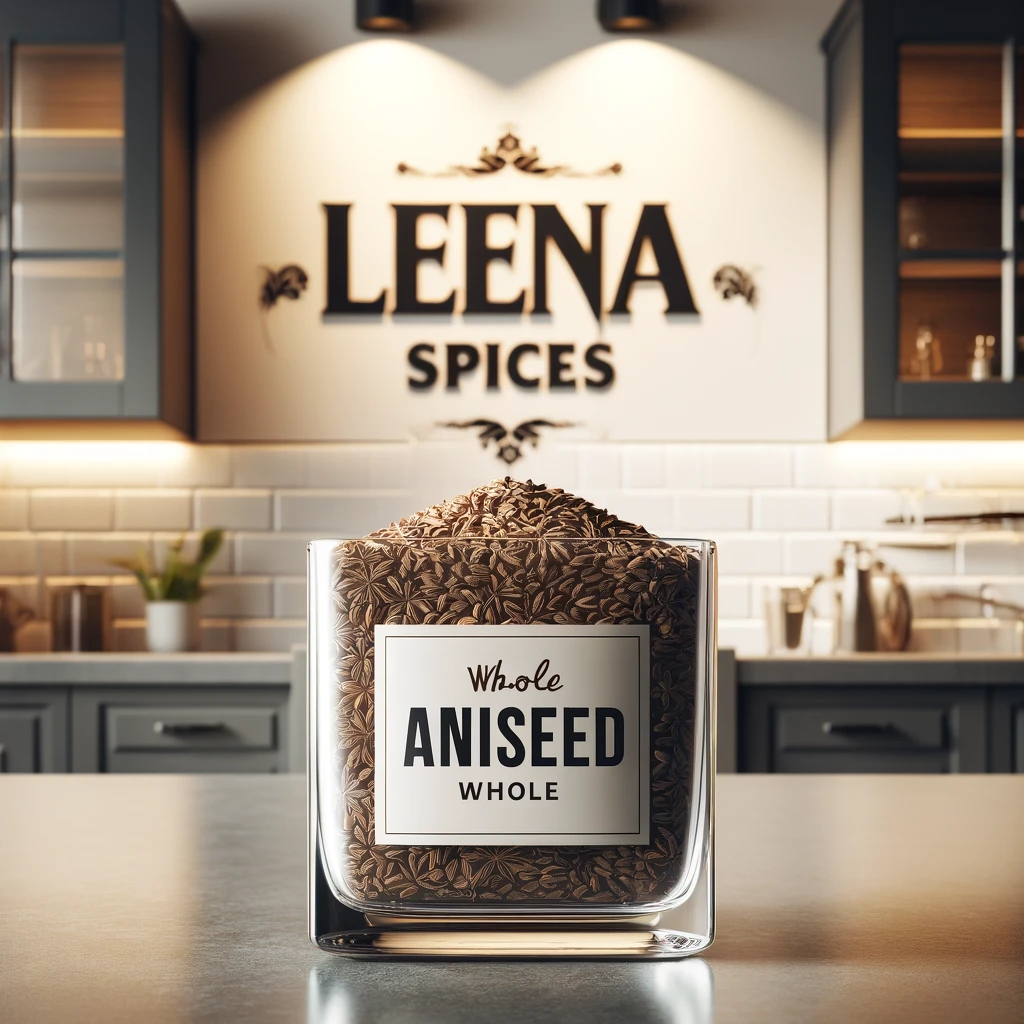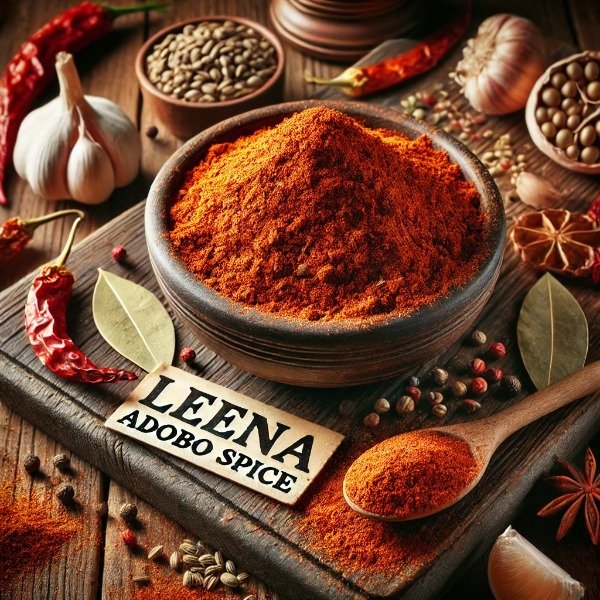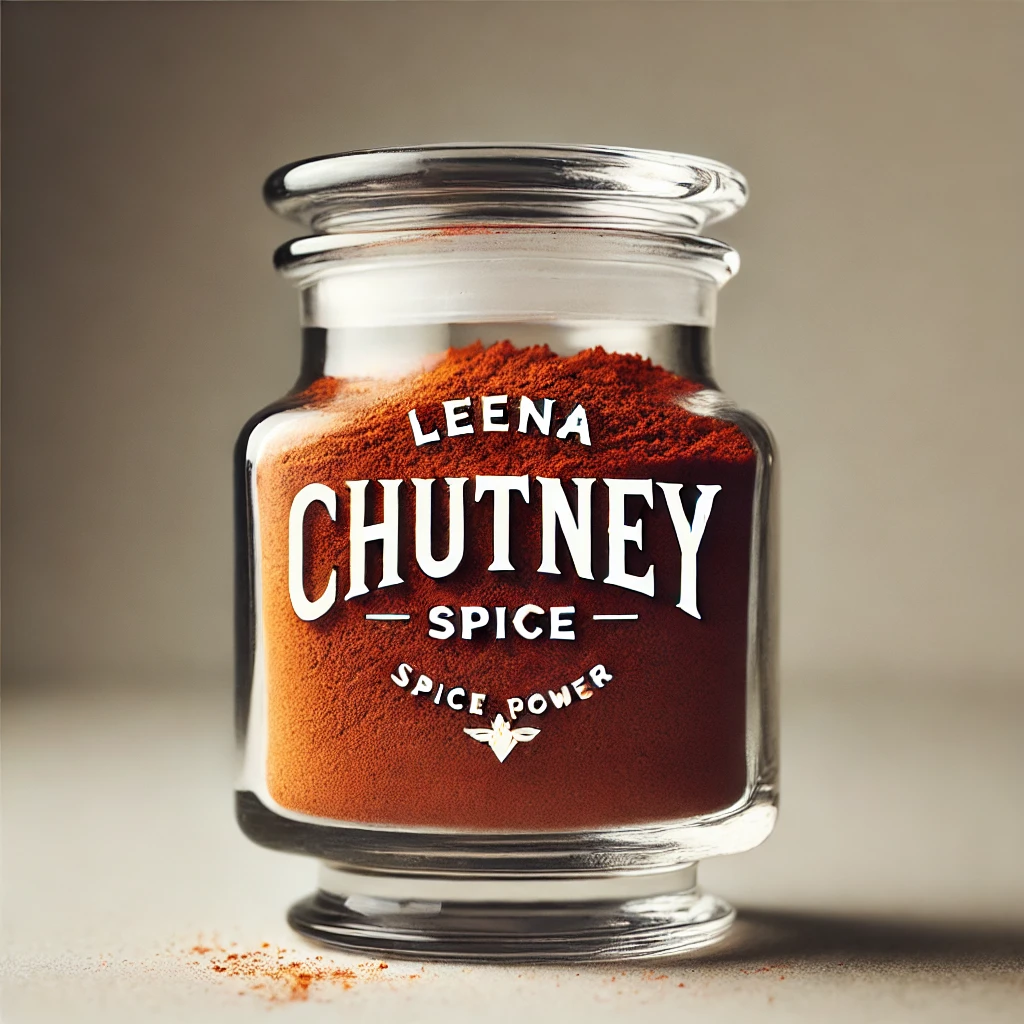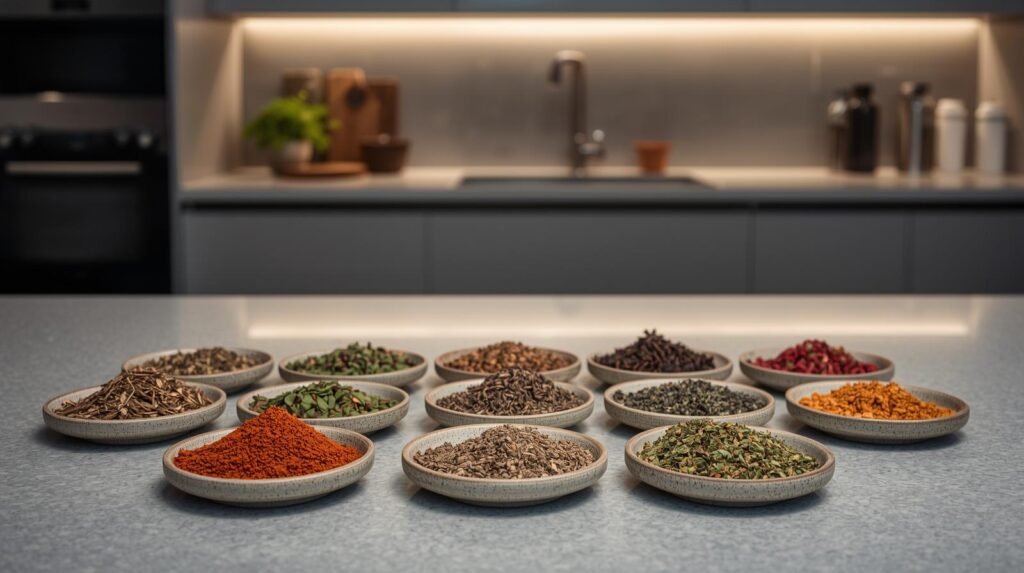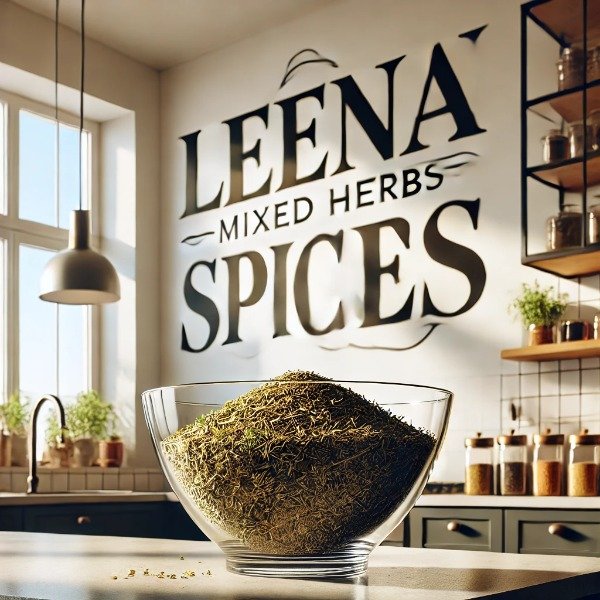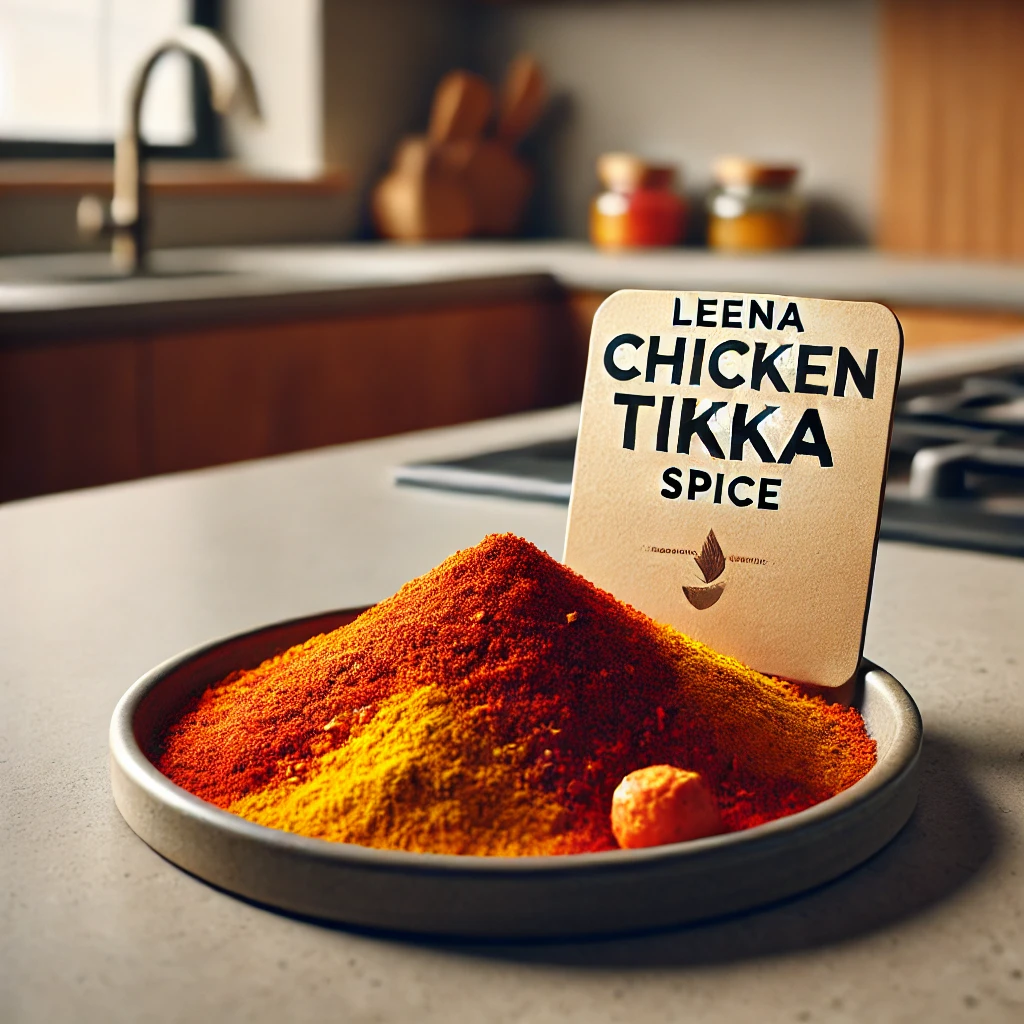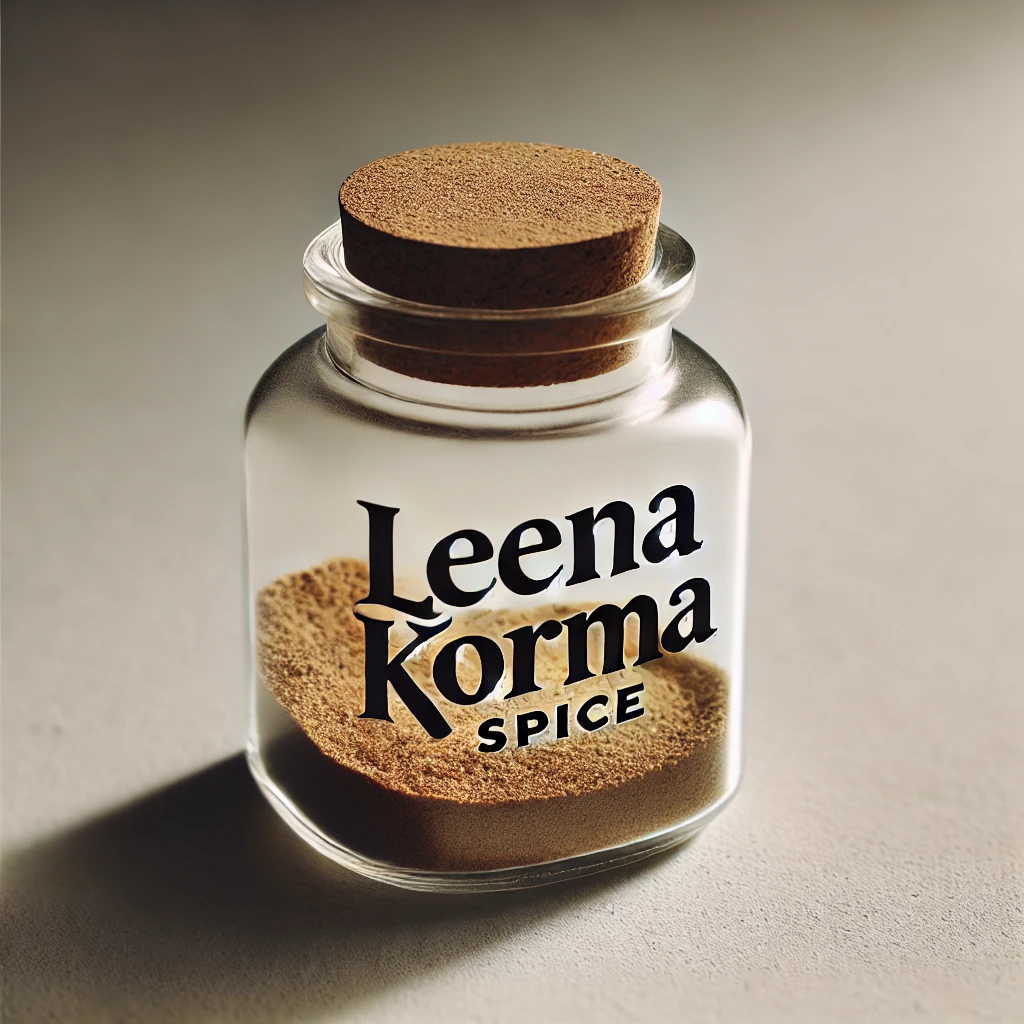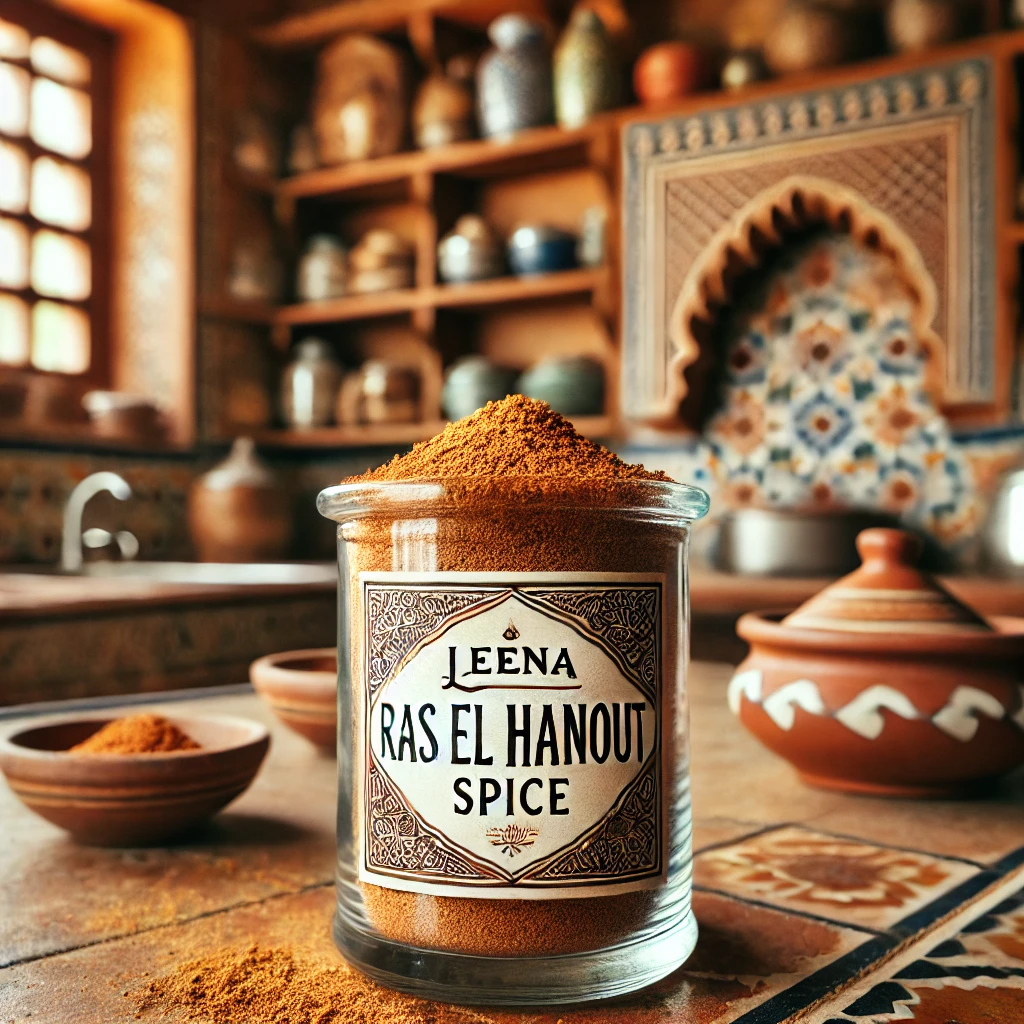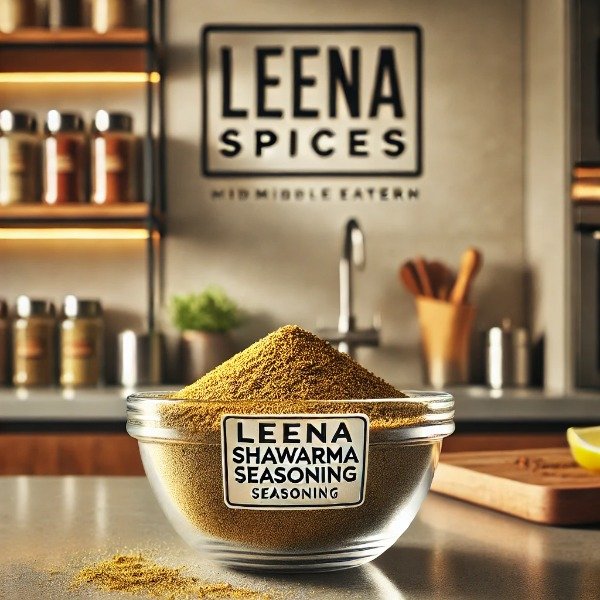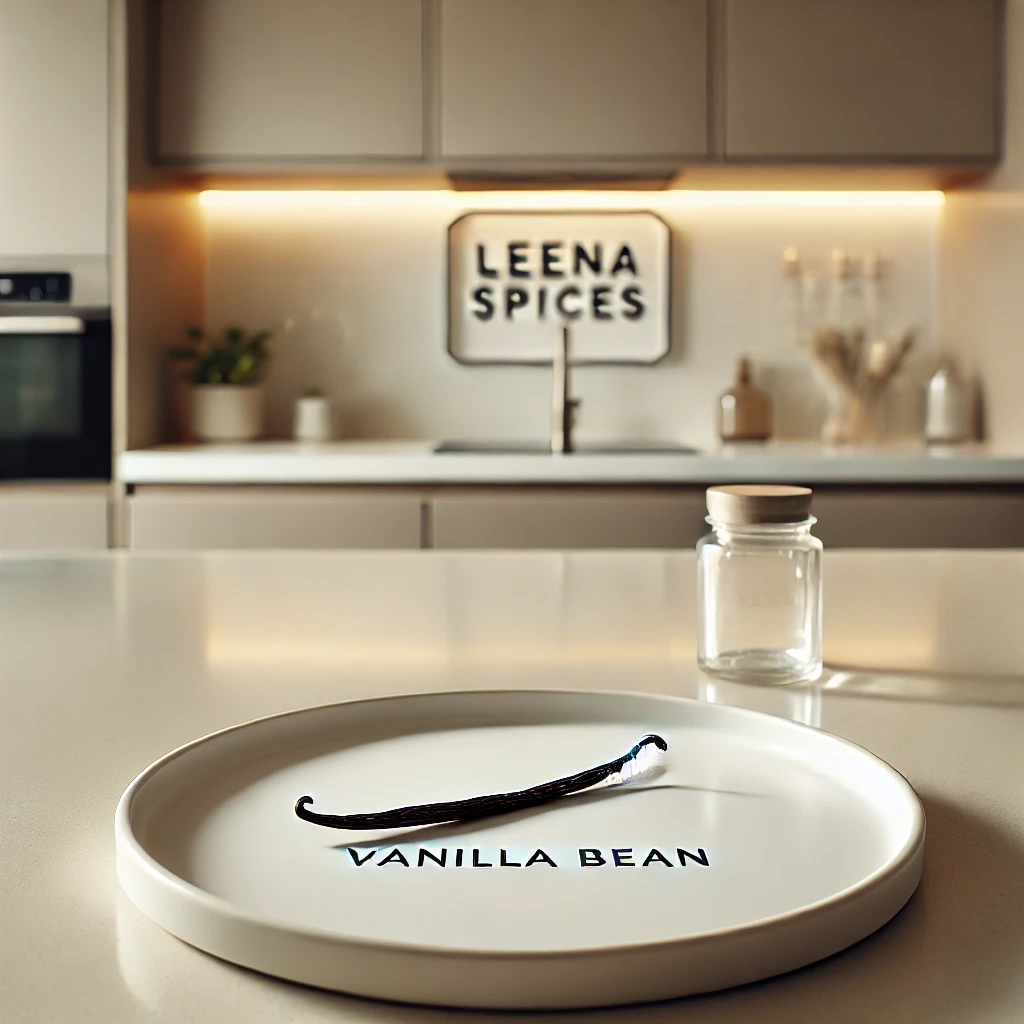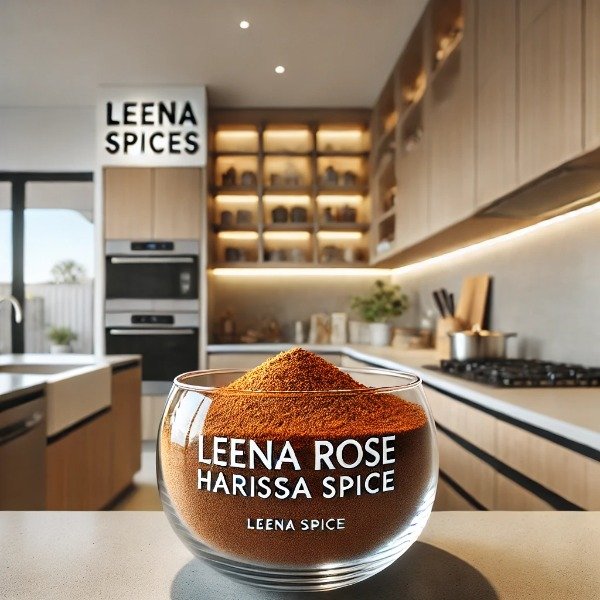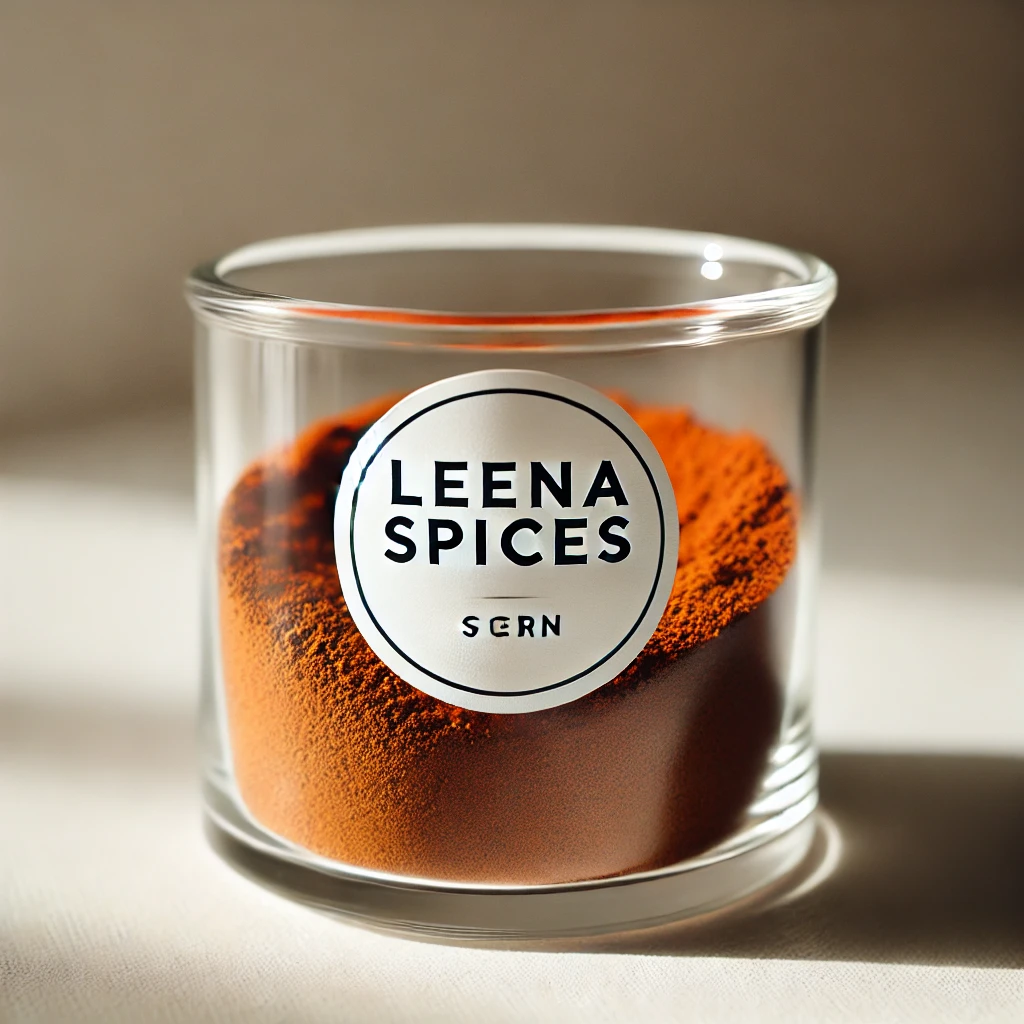5 Unforgettable Ways to Enjoy Gol Gappa at Home Like a Street Food Pro
Key Takeaways
What is Gol Gappa?
Gol Gappa is a popular Indian street food consisting of hollow, crispy puris filled with spicy, tangy water (pani) and a savory filling, usually potatoes, chickpeas, or sprouts. It is eaten in one bite for a burst of flavor.
Is Gol Gappa the same as Pani Puri?
Yes, they are essentially the same snack, but the names and flavor profiles differ regionally. Gol Gappa is commonly used in North India and is tangier and spicier, while Pani Puri is popular in Western India and often has sweeter or more customizable flavored water.
What are the other regional names for Gol Gappa?
- Puchka / Phuchka: West Bengal, Bihar, Odisha
- Gupchup: Odisha, Jharkhand
- Pani ke Batashe / Pani Patashi: Uttar Pradesh, Haryana
- Pakodi / Fuska: Gujarat, Assam
Despite different names, the concept a hollow puri filled with spicy-tangy water and savory stuffing is the same.
What does Gol Gappa taste like?
Gol Gappa offers a complex flavor experience:
- Crisp puri that shatters with each bite
- Tangy and spicy water (pani) made with mint, coriander, tamarind, and green chilies
- Savory filling like mashed potatoes, chickpeas, or sprouts
- Optional sweet chutney for balance
The combination is refreshing, tangy, spicy, and sometimes slightly sweet, creating a “burst of flavor” in every bite.
How do you eat Gol Gappa?
- Crack a small hole on the top of a puri.
- Add 1–2 teaspoons of filling.
- Pour in chilled, flavored water (pani).
- Eat the entire puri in one bite for the full taste explosion.
It’s best enjoyed fresh to retain the crunch.
Can Gol Gappa be made at home?
Yes! You can make puris, spicy water (pani), tamarind chutney, and fillings at home. Homemade Gol Gappa allows you to adjust spice, tanginess, and sweetness according to your preference.
What is the difference between Gol Gappa and Pani Puri?
- Gol Gappa: Thicker, crispier puris; spicier and tangier water; North Indian filling of mashed potatoes and chickpeas.
- Pani Puri: Thinner, lighter puris; water can be sweet, sour, or spicy; fillings often include sprouts or boondi, popular in Western India.
Are there variations of Gol Gappa?
Yes! Variations include:
- Dahi Puri: Filled with yogurt and chutneys
- Masala Puri: Extra spiced version
- Stuffed Puchka: Includes tamarind pulp, mustard, or raw mango in Eastern India
- Vendors may also offer multiple flavored pani for customization.
Is Gol Gappa healthy?
It is a street food snack and should be eaten in moderation. Homemade versions allow for healthier ingredients, less oil in puris, and less sugar in chutneys. The dish provides fiber, protein (from chickpeas or sprouts), and some vitamins from mint and coriander in the pani.
Can kids eat Gol Gappa?
Yes, but adjust the spice level of the pani to make it kid-friendly. You can also avoid raw chilies and reduce tanginess for young children.
Table of Contents
What is Gol gappa?
- Why is it called Gol gappa?
- What is Gol gappa in English?
- What are the regional names for Gol gappa?
- What is Gol gappa made of?
- What does Gol gappa taste like?
- How is Gol gappa eaten?
- What is the difference between Gol gappa and Pani puri?
- How to make Gol gappa at home?
- FAQs
- Final words
What is Gol gappa?
Gol gappa, also widely known as pani puri or puchka, is one of the most iconic street foods of the Indian subcontinent. At its core, it is a crispy, hollow puri appears to be a small fried dough ball. It is designed to be eaten in a single bite. The magic of gol gappa comes from the combination of textures and flavors that hit your palate all at once: crunchy puri, soft spiced filling, and tangy, spicy flavored water.
The Puri
The puri is typically made from wheat flour or semolina, rolled into tiny discs, and deep-fried until it puffs up into a light, hollow shell. The filling often includes spiced mashed potatoes, chickpeas, or sprouted moong beans, sometimes enhanced with onions or fresh coriander.
The Pani
The final element, the pani (flavored water), is what gives gol gappa its signature tang and zest. Made from tamarind, mint, roasted cumin, black salt, and other spices, the water can range from tangy-sour to mildly sweet, depending on regional variations. Some versions also include sweet chutney or yogurt to add another layer of flavor.
Eating gol gappa is a sensory experience: you crack the puri, fill it with the spiced mixture, pour in the flavored water, and pop it in your mouth. The result is an explosion of crispy, spicy, tangy, and slightly sweet flavors. This explains why it remains a favorite snack across India, Pakistan, Bangladesh, and Nepal.
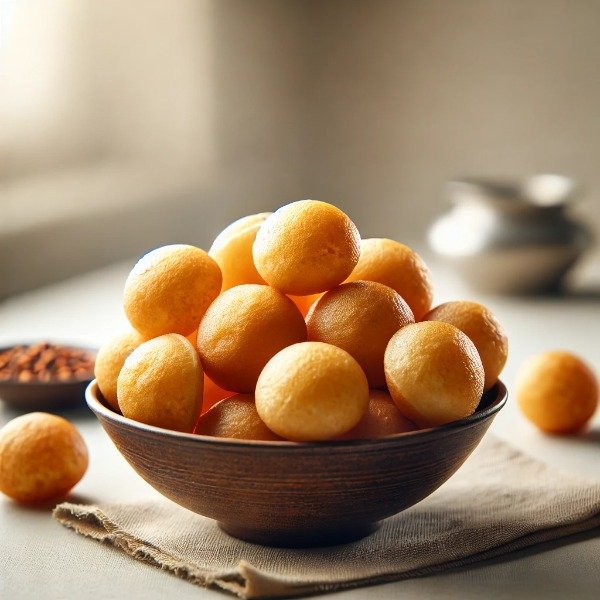
Why is it called Gol gappa?
The name “Gol gappa” comes from two Hindi words that perfectly describe the snack’s shape and eating style.
- Gol means round or spherical, referring to the crispy, hollow puri that forms the shell of the snack.
- Gappa relates to the act of eating it in one bite, and it also mimics the playful “gapp” or “gup” sound made when the puri bursts in the mouth. Some sources also suggest that “gappa” can imply something small or chatty in colloquial Hindi, reflecting the fun, quick way this snack is enjoyed.
Essentially, gol gappa describes a round, crisp puri that is eaten whole, filled with spicy, tangy water and savory fillings, creating an explosion of flavors in a single bite. This name captures both the visual appeal of the puffed, hollow shell and the sensory experience of eating it.
The term is most widely used in North India, including Delhi, Punjab, and surrounding regions, but the snack exists across the Indian subcontinent under different names:
- Pani Puri – emphasizes the flavored water inside the puri.
- Phuchka/Puchka – named after the “phus” sound the puri makes when it breaks.
- Gupchup – mimics the quick slurping sound when eating it.
In short, Gol Gappa literally means a round bite or a small round snack you pop into your mouth, perfectly reflecting its playful, flavorful, and satisfying nature.
What is Gol Gappa Called in English?
Gol gappa is most commonly referred to as pani puri in English. While there is no perfect one-word translation, the term “pani puri” has become widely recognized internationally to describe this popular Indian street food. The name highlights the two key elements of the snack: “puri,” the hollow, crispy fried shell, and “pani,” the flavored water served inside it.
Occasionally, gol gappa is described in English using descriptive phrases to convey its unique texture and flavor:
- Crispy hollow balls with spicy water
- Indian crispy water balls
- Crisp fried puffs filled with spicy tangy water
- Round hollow puris
- “Gol” means round or spherical, referring to the shape of the puri.
- “Gappa” is a colloquial term describing the puffed, crispy shell.
- “Pani” means water in Hindi, referring to the spiced liquid inside.
In short: Gol gappa is the North Indian style (tangy with chickpeas/peas), while pani puri is the Western Indian style (lighter with sprouts and different pani flavors).
What are the regional names for gol gappa?
Gol gappa, the beloved Indian street snack, is known by different names across regions, reflecting local languages and slight variations in preparation. Despite the names, the concept remains the same: a hollow, crispy puri filled with spicy, tangy water and savory fillings like potatoes, chickpeas, or sprouts.
Common Regional Names:
- Gol Gappa: Popular in North India, including Delhi, Punjab, Haryana, and parts of Uttar Pradesh.
- Pani Puri: Widely used in Western and Southern India, such as Maharashtra, Gujarat, Karnataka, and Tamil Nadu. The name literally means “water puri.”
- Puchka / Phuchka: Used in West Bengal, Bihar, Jharkhand, and Bangladesh. These often feature a spicier, tangier filling with chickpeas and mashed potatoes.
- Gupchup: Common in Odisha, Chhattisgarh, and parts of Jharkhand. The name imitates the “gup” sound made when the puri is eaten and the moment of silence (“chup”) that follows as you savor it.
- Pani ke Batashe / Pani Patashi: Heard in parts of Uttar Pradesh and Haryana. “Batashe” refers to a hollow, round snack, describing the puri itself.
- Phulki: Used in some areas of Madhya Pradesh and Eastern Uttar Pradesh.
- Pakodi: In certain regions of Gujarat, though it should not be confused with the fried vegetable fritter called pakoda.
- Fuska / Puska: Found in Assam.
- Jalpoori: Occasionally used in Bihar.
- Nepal: Sometimes referred to as Pani Puri or Golgappa.
Summary:
While the names vary regionally, the essence of the snack remains the same: crispy, hollow puris filled with flavorful water and savory fillings. Each region may have slight differences in spice level, sweetness, or filling ingredients, giving gol gappa a rich tapestry of local flavors across India and neighboring countries.
What is Gol Gappa Made Of?
Gol gappa is made up of four main components, each contributing to its unique taste and texture:
1. The Puri (Crispy Shell)
The puri is a small, hollow, and crispy ball that serves as the edible container for the other ingredients. It is usually made from semolina (sooji) or whole wheat flour (atta), sometimes with a little all-purpose flour (maida) or a pinch of baking soda to help it puff up. Water is used to knead the dough into a firm, smooth consistency. The dough is rolled into small discs and deep-fried until golden and hollow. The result is a light, crunchy shell that is perfect for holding the filling and flavored water.
2. The Filling
The filling adds the savory element to gol gappa and varies slightly by region. Common options include:
- Mashed boiled potatoes mixed with spices such as cumin powder, chaat masala, black salt, and red chili powder.
- Boiled chickpeas or black chickpeas (kala chana), sometimes combined with potatoes.
- Sprouted moong beans or other lentils for a healthier variation.
- Finely chopped onions or fresh coriander to enhance flavor.
The filling is seasoned to balance the tanginess of the pani and provide a hearty, flavorful bite inside the crispy puri.
3. The Flavored Water (Pani)
- Tamarind pulp for tanginess
- Mint leaves and coriander leaves for freshness
- Green chilies for heat
- Roasted cumin powder and black salt for depth
- Jaggery or sugar for a subtle sweetness (optional)
- Additional spices such as chaat masala, ginger, or lemon juice for complexity
The ingredients are blended with cold water and served chilled. Some variations also include small fried chickpea flour balls called boondi for added texture. Regional differences influence the taste: northern pani tends to be spicier, while western or southern variations may be sweeter or tangier.
Optional Add-Ons
- Sweet chutney made from tamarind and jaggery
- Yogurt, particularly in dahi puri variations
- Sev (crispy chickpea flour noodles) sprinkled on top
You may also want to read
10 Aromatic Healing and Delicious Birth Masala Chicken Curry Healthy Recipes
Power of Za’atar Spice Blend: 5 Tips for Authentic Middle Eastern Home Flavor
Is Saffron Milk Good for Pregnant mothers? 5 Essential Safe Health Tips
10 Best Ways to Make Garam Masala Paneer Delights
What Does Gol Gappa Taste Like?
- Crunchy puri meets soft, spiced filling
- Tangy, spicy, and sometimes sweet pani floods your palate
- The combination of sweet, sour, spicy, and savory flavors makes every bite exciting and refreshing
- The cold, herby water adds a cooling effect, balancing the heat and spices
Regional variations influence the flavor profile: North Indian gol gappa tends to be spicier and tangier, Mumbai-style pani puri is often sweeter, and West Bengal’s puchka may have a mustardy or raw mango tang.
In short, gol gappa is an explosion of flavors and textures—crunchy, soft, spicy, tangy, sweet, and refreshing all at once, making it one of the most beloved street foods in the Indian subcontinent.
How is Gol gappa eaten?
Tips for the Perfect Gol Gappa Experience
- Eat Fresh: The puris lose their crunch quickly once filled, so enjoy them immediately.
- Pace Yourself: The pani can be quite spicy or tangy; take breaks if needed.
- Street Style: Vendors often serve gol gappa one by one, allowing you to customize the spice or sweetness.
- Hygiene: At home, use clean hands or a spoon to fill the puris and keep them from getting soggy.
Street Food Experience:
When eating gol gappa from a street vendor, the fun multiplies:
- Vendors usually serve 6–12 puris per plate.
- You can request the level of spice or tanginess for the pani.
- Each puri is assembled and handed to you one at a time, ensuring freshness.
- Eating quickly is part of the experience—the crisp, filled puri bursts with flavor as you bite into it.
- The social, fast-paced nature of this street food makes it a memorable culinary experience.
In short, eating gol gappa is as much about the technique and timing as it is about the taste—a crunchy, tangy, spicy, and savory delight in every bite.
What is the difference between gol gappa and pani puri?
| Feature | Gol Gappa (North India) | Pani Puri (Western India) |
| Main Name | Gol Gappa | Pani Puri |
| Puri Shell | Semolina, crispier | Wheat flour, thinner and lighter |
| Filling | Mashed potatoes + chickpeas/peas | Potatoes + sprouts/chickpeas, sometimes boondi |
| Flavored Water | Tangy and spicy, optional sweet chutney | Sweet, sour, spicy, or minty; customizable |
| Taste | Robust, tangy, slightly spicy | Lighter, varied, customizable |
How to Make Gol Gappa at Home
Gol gappa, also known as pani puri or puchka, is a popular Indian street food made of crispy hollow puris filled with spiced water, tamarind chutney, and a savory filling like potatoes or chickpeas. You can easily recreate this flavor-packed snack at home with a few simple steps.
Ingredients
For the Puri (makes about 20–25 puris):
- 1 cup semolina (sooji/rava)
- 1/4 cup all-purpose flour (maida)
- 1/4 tsp baking soda
- Salt to taste
- Water, as needed to form a dough
- Oil for deep frying
For the Pani (Spiced Water):
- 1 cup fresh mint leaves
- 1/2 cup fresh coriander leaves
- 2–3 green chilies (adjust to taste)
- 1-inch piece of ginger
- 1 tbsp tamarind pulp
- 1 tsp roasted cumin powder
- 1 tsp black salt
- 1/2 tsp regular salt (or to taste)
- 1 tsp chaat masala
- 1/2 tsp black pepper powder
- 1 tbsp lemon juice
- 4 cups cold water
- 1–2 tsp sugar (optional, for a slight sweet balance)
- 1/4 cup boondi (optional, for crunch)
For the Filling:
- 2 medium boiled potatoes, mashed
- 1/2 cup boiled chickpeas or sprouted moong (optional)
- 1 tsp roasted cumin powder
- 1/2 tsp red chili powder
- 1/2 tsp chaat masala
- Salt to taste
For the Tamarind Chutney (Sweet Chutney):
- 1/2 cup tamarind pulp
- 1/2 cup jaggery or sugar
- 1/2 tsp roasted cumin powder
- 1/2 tsp red chili powder
- 1/2 tsp dry ginger powder
- 1/2 tsp black salt
- 1 cup water
Instructions
Step 1: Make the Puris
- Prepare the Dough:
- In a mixing bowl, combine semolina, all-purpose flour, baking soda, and salt.
- Gradually add water to form a stiff, smooth dough. Knead for 5–7 minutes.
- Cover with a damp cloth and let it rest for 20–30 minutes.
- Roll and Shape:
- Divide the dough into small marble-sized balls.
- Roll each ball into a thin circle, about 2 inches in diameter. Make sure they are not too thick or too thin.
- Place the rolled puris on a cloth or plate, covered, to prevent them from drying out.
- Fry the Puris:
- Heat oil in a deep pan over medium heat.
- Fry the puris one or two at a time. Press gently with a slotted spoon to help them puff up.
- Fry until golden and crisp on both sides. Drain on paper towels and let them cool.
Step 2: Prepare the Pani (Spicy Water)
- Blend the Base:
- In a blender, combine fresh mint leaves, coriander leaves, green chilies, and ginger with a little water. Blend into a smooth paste.
- Mix the Pani:
- In a large bowl, combine the herb paste with tamarind pulp, roasted cumin powder, black salt, regular salt, chaat masala, black pepper, and lemon juice.
- Add 4 cups of cold water and mix well. Taste and adjust the spice, salt, or sugar to your preference.
- Optionally, add boondi for extra texture.
- Chill the pani in the refrigerator for 1–2 hours for the flavors to meld.
Step 3: Make the Tamarind Chutney (Sweet Chutney)
- In a saucepan, combine tamarind pulp, jaggery (or sugar), and 1 cup water.
- Cook over medium heat, stirring until the jaggery dissolves and the mixture thickens slightly (about 8–10 minutes).
- Add roasted cumin powder, red chili powder, dry ginger powder, and black salt. Stir well.
- Simmer for 2–3 more minutes, then let it cool. Strain if needed and adjust consistency with water if too thick.
Step 4: Prepare the Filling
- Mash the boiled potatoes in a bowl.
- Add boiled chickpeas or sprouted moong, if using.
- Mix in roasted cumin powder, red chili powder, chaat masala, and salt. Adjust seasoning to taste.
Step 5: Assemble the Gol Gappa
- Gently tap the top of a puri to make a small hole.
- Fill each puri with 1–2 teaspoons of the potato-chickpea mixture.
- Drizzle in a small amount of tamarind chutney.
- Dip the filled puri into the chilled spicy pani or pour the pani over it using a spoon.
- Serve immediately and eat in one bite to experience the full burst of flavors.
Tips for Success
- Puris: Use a stiff dough to ensure crispy, puffed puris. Store extra puris in an airtight container for up to a week. Oil temperature is critical. It must be hot enough to make the puris puff up, but not so hot that they burn before crisping properly.
- Pani: Adjust tanginess and spice according to your preference. For a more refreshing flavor, chill the pani overnight.
- Variations: Add yogurt or sev for a creative twist, or experiment with fillings like mashed peas or sprouts.
- Serving: Serve immediately to enjoy the crunch of the puri and the flavorful explosion in every bite.
Gol Gappa / Pani Puri FAQs
What is Gol Gappa?
Gol Gappa is a popular Indian street food consisting of hollow, crispy puris filled with spicy, tangy water (pani) and a savory filling, usually potatoes, chickpeas, or sprouts. It is eaten in one bite for a burst of flavor.
Is Gol Gappa the same as Pani Puri?
Yes, they are essentially the same snack, but the names and flavor profiles differ regionally. Gol Gappa is commonly used in North India and is tangier and spicier, while Pani Puri is popular in Western India and often has sweeter or more customizable flavored water.
What are the other regional names for Gol Gappa?
- Puchka / Phuchka: West Bengal, Bihar, Odisha
- Gupchup: Odisha, Jharkhand
- Pani ke Batashe / Pani Patashi: Uttar Pradesh, Haryana
- Pakodi / Fuska: Gujarat, Assam
Despite different names, the concept a hollow puri filled with spicy-tangy water and savory stuffing is the same.
What does Gol Gappa taste like?
Gol Gappa offers a complex flavor experience:
- Crisp puri that shatters with each bite
- Tangy and spicy water (pani) made with mint, coriander, tamarind, and green chilies
- Savory filling like mashed potatoes, chickpeas, or sprouts
- Optional sweet chutney for balance
The combination is refreshing, tangy, spicy, and sometimes slightly sweet, creating a “burst of flavor” in every bite.
How do you eat Gol Gappa?
- Crack a small hole on the top of a puri.
- Add 1–2 teaspoons of filling.
- Pour in chilled, flavored water (pani).
- Eat the entire puri in one bite for the full taste explosion.
It’s best enjoyed fresh to retain the crunch.
Can Gol Gappa be made at home?
Yes! You can make puris, spicy water (pani), tamarind chutney, and fillings at home. Homemade Gol Gappa allows you to adjust spice, tanginess, and sweetness according to your preference.
What is the difference between Gol Gappa and Pani Puri?
- Gol Gappa: Thicker, crispier puris; spicier and tangier water; North Indian filling of mashed potatoes and chickpeas.
- Pani Puri: Thinner, lighter puris; water can be sweet, sour, or spicy; fillings often include sprouts or boondi, popular in Western India.
Are there variations of Gol Gappa?
Yes! Variations include:
- Dahi Puri: Filled with yogurt and chutneys
- Masala Puri: Extra spiced version
- Stuffed Puchka: Includes tamarind pulp, mustard, or raw mango in Eastern India
- Vendors may also offer multiple flavored pani for customization.
Is Gol Gappa healthy?
It is a street food snack and should be eaten in moderation. Homemade versions allow for healthier ingredients, less oil in puris, and less sugar in chutneys. The dish provides fiber, protein (from chickpeas or sprouts), and some vitamins from mint and coriander in the pani.
Can kids eat Gol Gappa?
Yes, but adjust the spice level of the pani to make it kid-friendly. You can also avoid raw chilies and reduce tanginess for young children.
Final Words
Gol Gappa is more than just a street snack. It is a celebration of flavors, textures, and traditions. From the crisp, golden puris to the tangy, spicy pani and savory fillings, every bite delivers a burst of excitement that has delighted generations across India and beyond. Whether enjoyed at a bustling street stall or made fresh at home, Gol Gappa offers a playful, sensory experience that’s both fun and unforgettable. Its regional variations, from Pani Puri to Phuchka, highlight India’s rich culinary diversity while proving that simple ingredients, when combined creatively, can create magic on the plate



